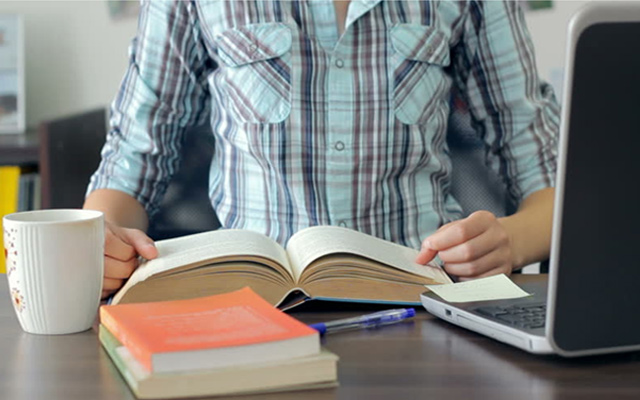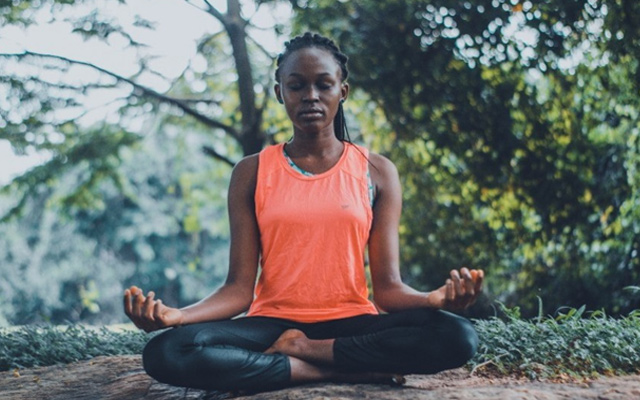
There are various moments in which it can be useful to unleash some methods to relax. From the intense afternoon of study in which you can’t take it anymore and it seems to you that everything is “too much for you”; to the anxious instant before the exam when you start to fear that you won’t remember anything, you have studied.
What we will try to learn to do is to relax the mind, “cool it”, chase away negative thoughts and recall concentration to be productive and present to ourselves.
Put Away Your Gadgets
We must not fall into the commonplace of multitasking, because it is true that, on the one hand, technology speeds up certain processes and allows you to manage more things at the same time; on the other hand, however, it is also true that constantly shifting our attention from one thing to another, does nothing but feed the sense of overload to which we are subjected when we are stressed.
The first piece of advice I give you, therefore, regarding relaxation techniques for students, is that to be able to relax your nerves a little, to begin with, you need to turn off your devices or leave them in another room.
This is the first way, the most trivial, to remove from you the negative stimuli that emanate, without you noticing it, from the objects most present in your daily life. You will be more focused and less induced to dribble your attention between many different things.
If you still keep failing in maintaining a focus and writing a good quality essay, you can find online an essay writing service that could do the work instead of you.
Breathe!
Breathing is an essential element on which to concentrate in order to be able to relax, as well as the first and most effective ally to combat exam anxiety, if necessary! Emptying your mind and focusing on your breathing progressively relaxes your nerves until you take yourself from a state of agitation to a state of calm.
Breathing is something as natural as it is not easy – contrary to what you might think – you still need exercise if you are not used to it. So don’t feel wrong or think that the technique is not effective if you can’t hold the apnea for 4 seconds. Listen to your body and eventually alternate a 4-second side with a 2-second side. The goal to start feeling relaxed is to be able to build at least four squares!
After taking a little bit of the hand, you can try to lengthen the apnea times a little to get better control of anxiety. So, if you inhale for four seconds, you can try to hold the air for 8 before exhaling. But I recommend, proceeding step by step and do not force yourself! Listen to your sensations and try to sense when relaxation comes.

Relax Your Muscles
A certain Mr. Edmund Jacobson in the delightful twentieth century invented this technique called progressive muscle relaxation. This technique, as the name implies, consists in sensing the state of tension in the muscles and gradually relaxing them in groups, one after the other.
- This is an activity that you can start testing in the evening before bed when you go to bed because it certainly also helps to reconcile a good, restful sleep. Once you have learned it, you can then implement it at any time of the day, whenever you need it. How does it work?
- The first thing you need to do is get comfortable, lying in bed or sitting on a nice comfortable chair or chair;
- Then start focusing on your breathing in and out. Inhale deep breaths as you learned to do with square breathing and choose where to start, from above or below;
- Then proceed by contracting and relaxing each muscle group for 10 seconds. Let’s start with the feet, contract the fingers for 5 seconds and then relax them for another 5. Let’s move to the calves, stretch them for 5 seconds and then relax them for another 5;
And so, on until you get to the eyes. Feel free to increase the seconds of tension and relaxation as much as you like, also on the basis that the more time you spend on the technique, the greater the benefits. 5 minutes is better than nothing, of course, but to see some really interesting results you should try to indulge in this student relaxation practice for at least 20 minutes.

Comments are closed.